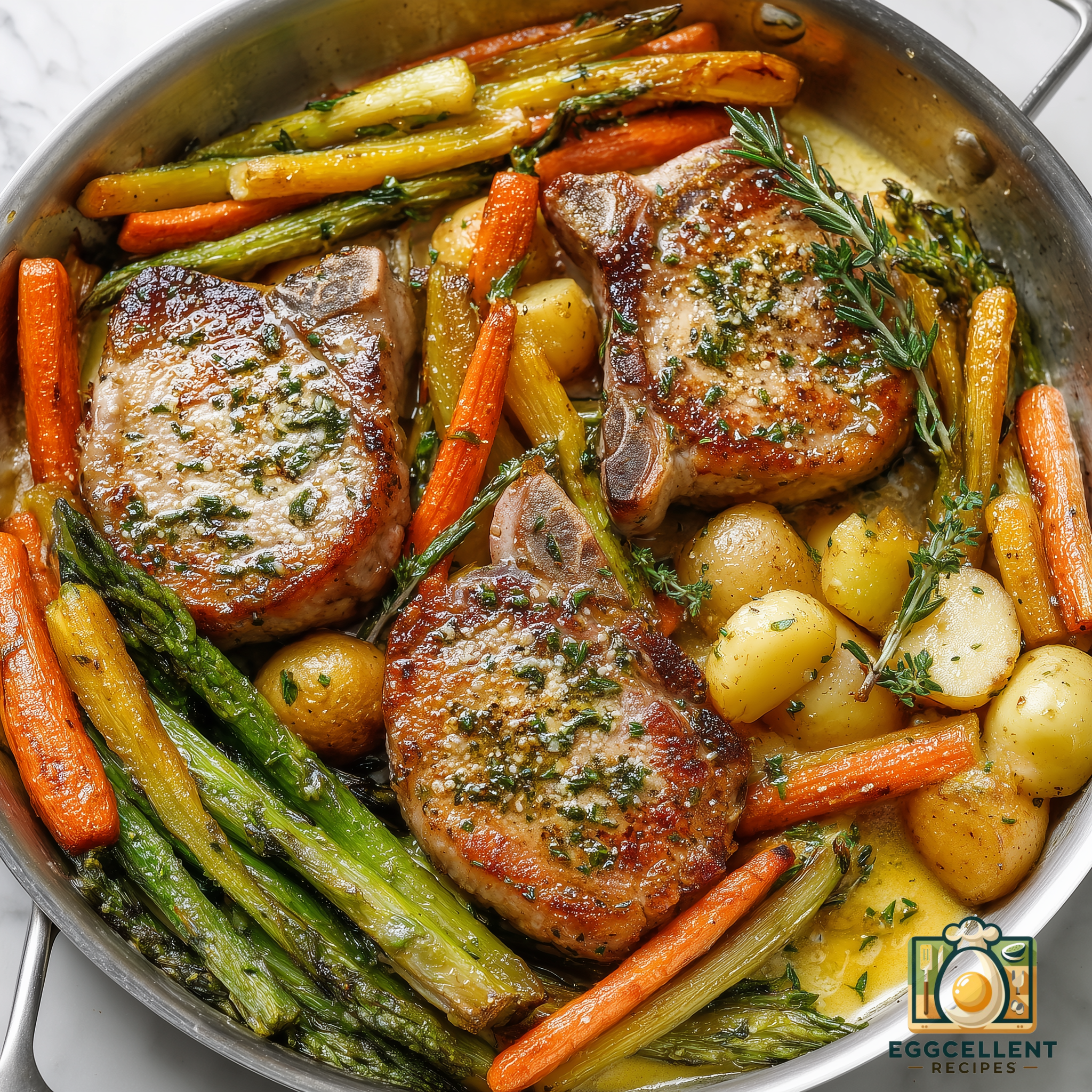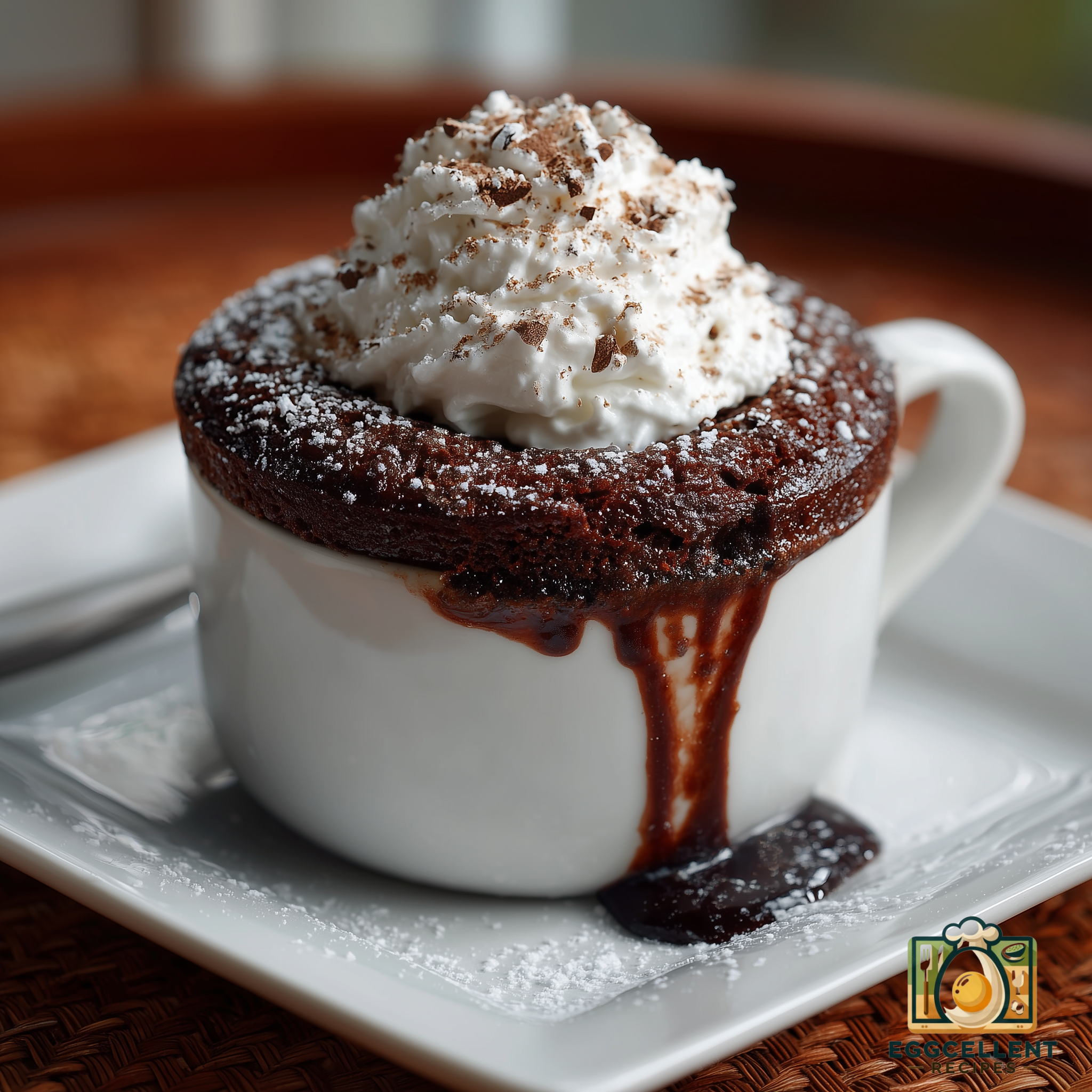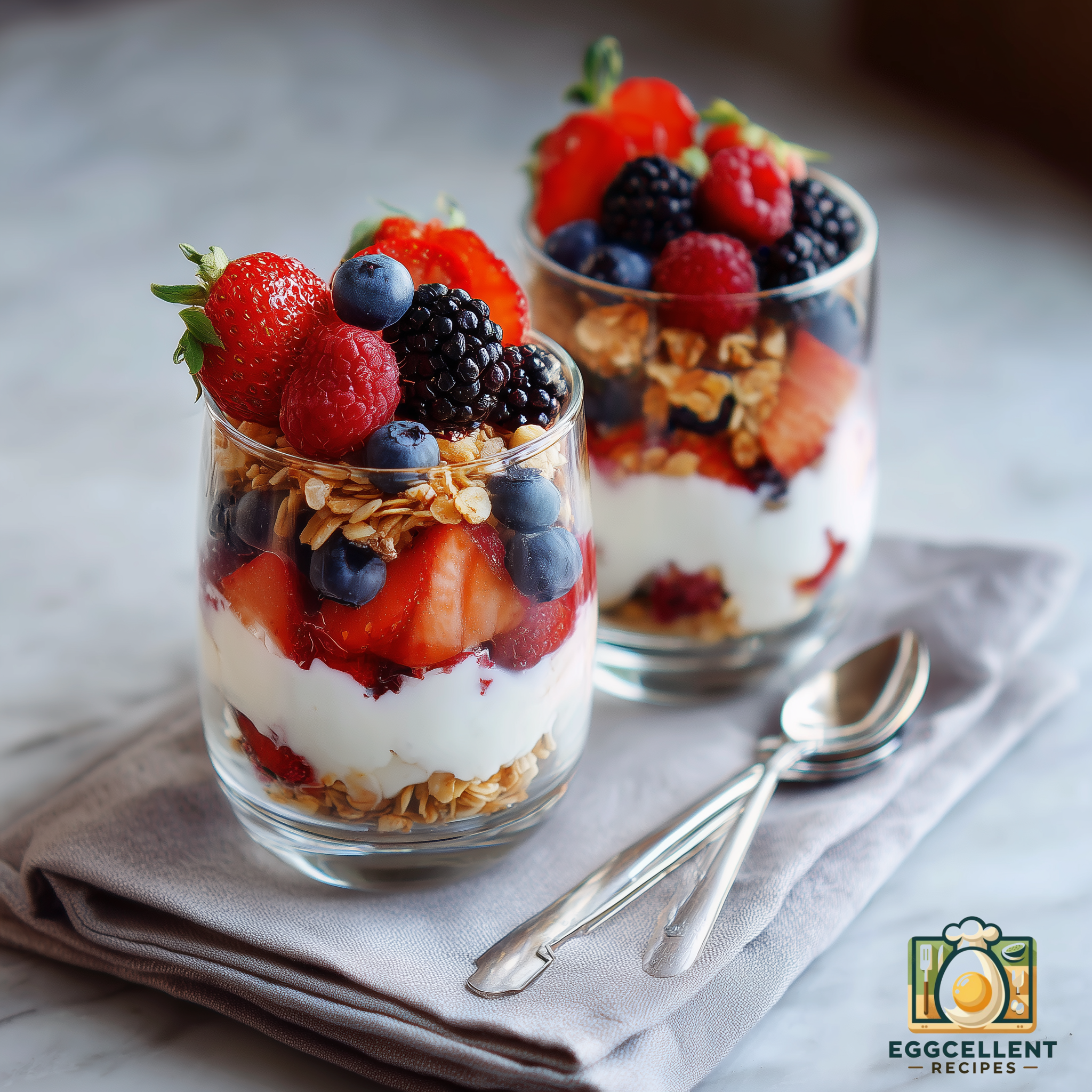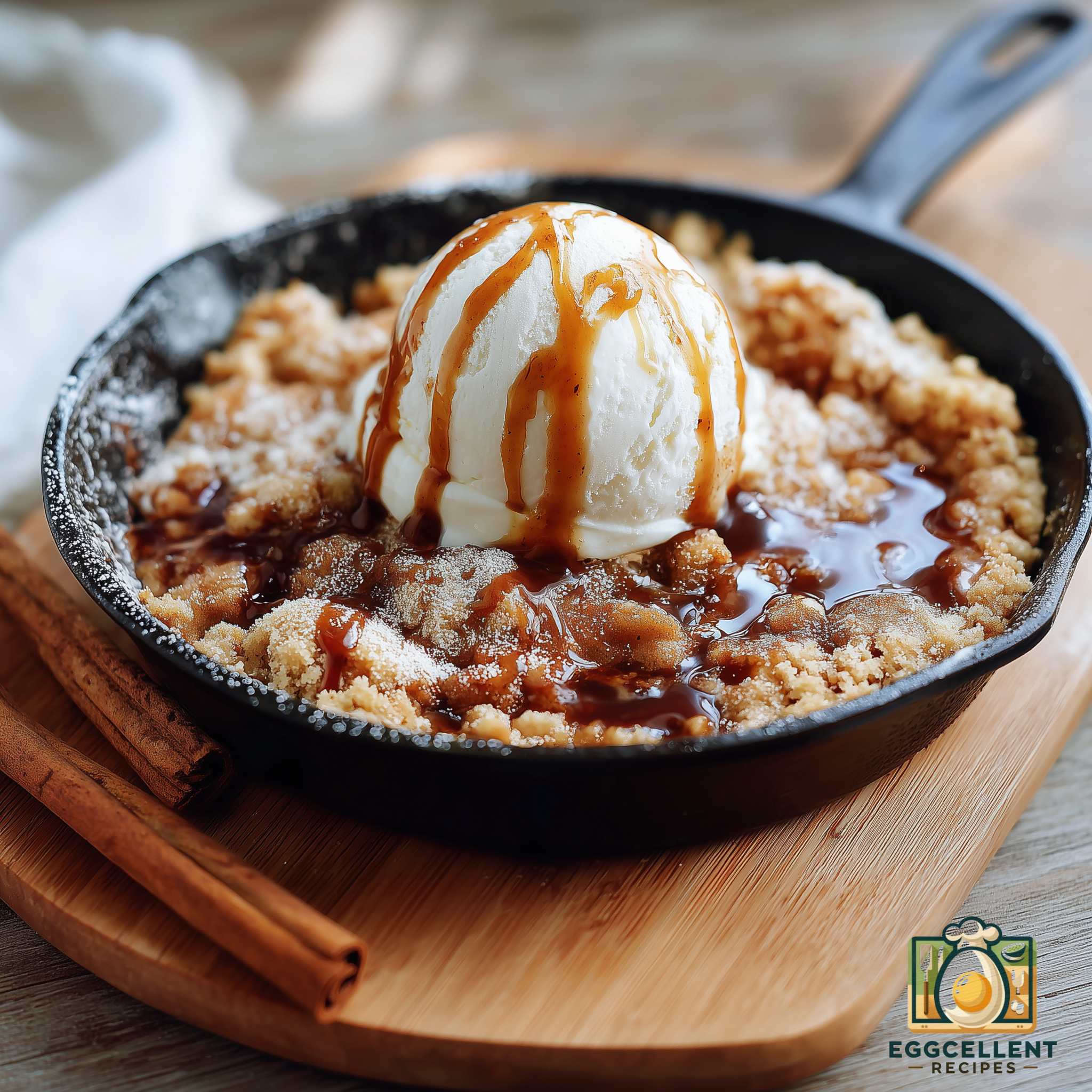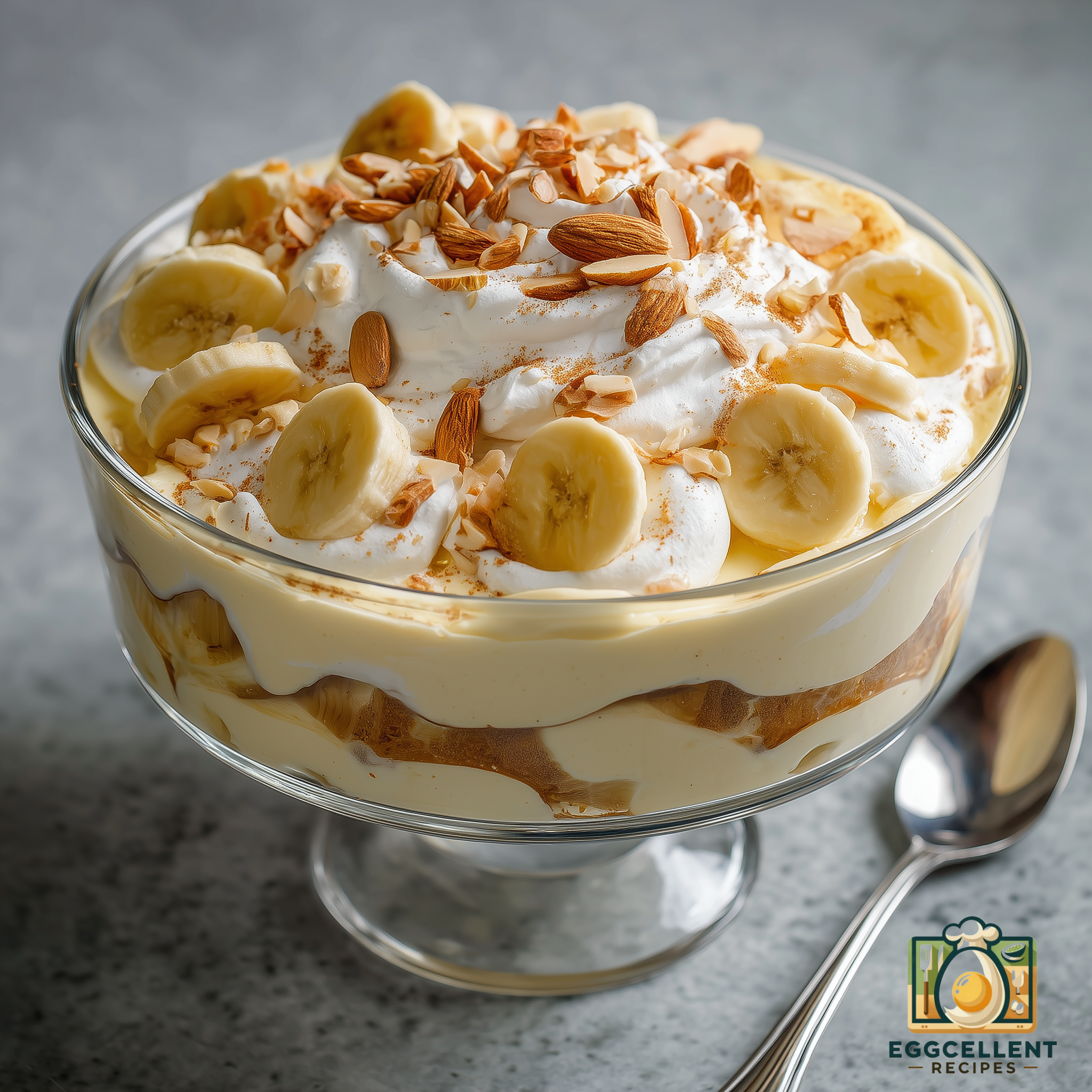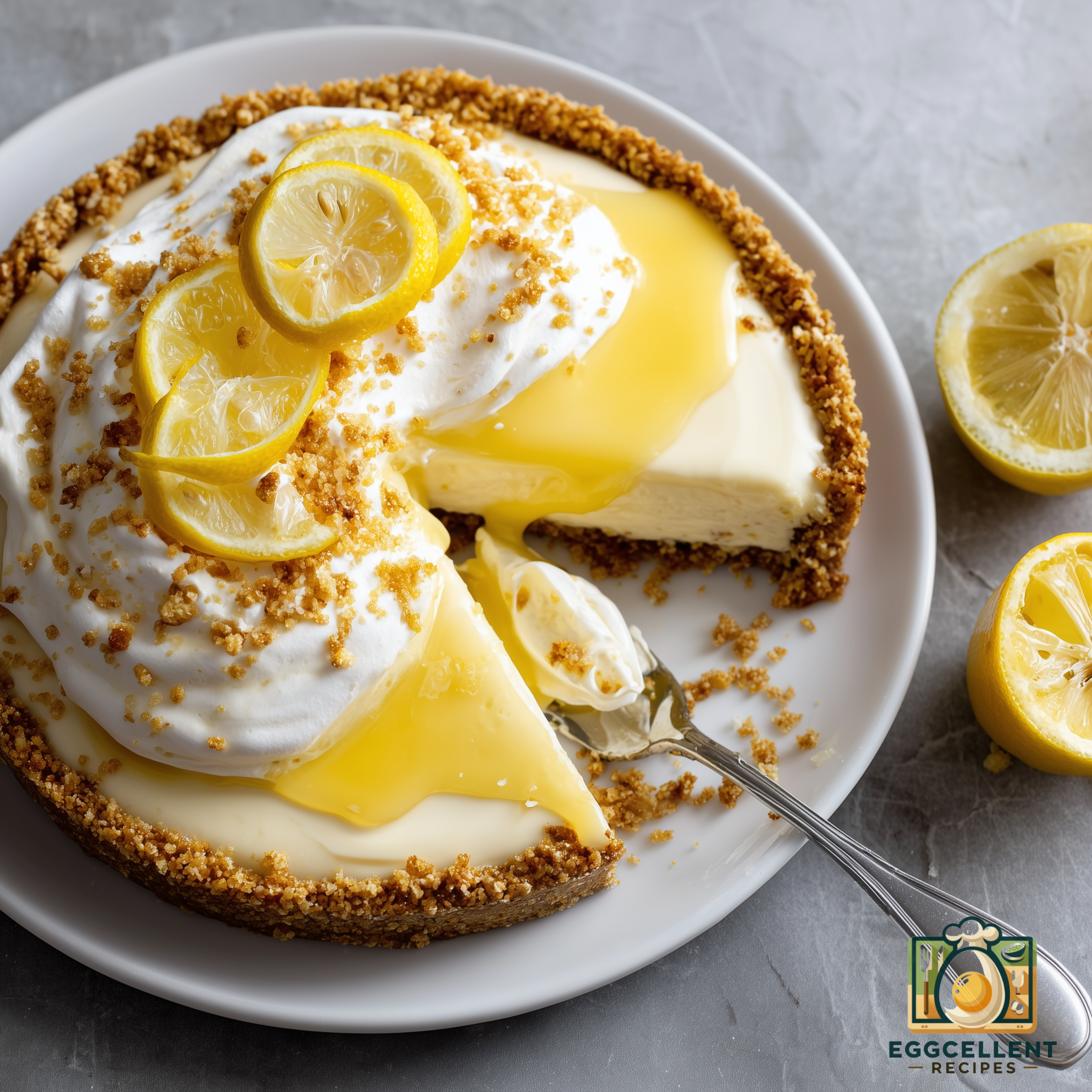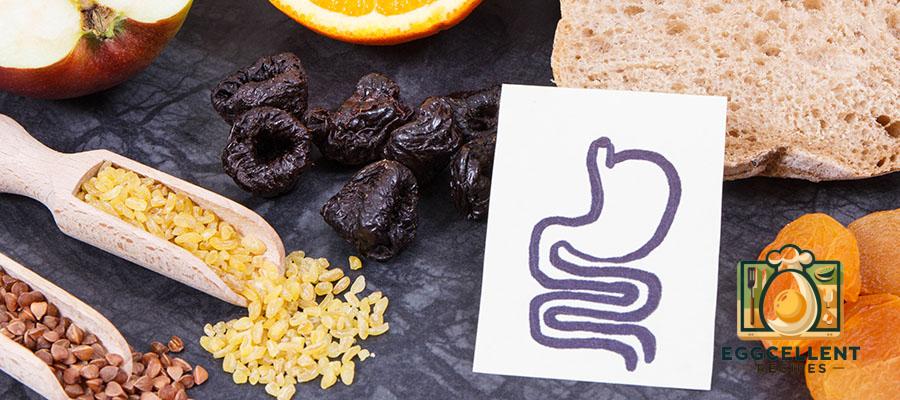
Diverticulitis is a condition where small pouches in the intestinal wall, known as diverticula, become inflamed or infected, often causing abdominal pain, bloating, and digestive distress. During a flare-up, diet plays a crucial role in reducing symptoms and promoting healing. If you’re navigating a diverticulitis flare-up, here are some meal ideas and tips to help soothe your digestive system.
Understanding Diverticulitis and Diet
During a flare-up, a low-fiber, easily digestible diet is often recommended to avoid further irritation to the digestive tract. Once symptoms improve, you can gradually reintroduce fiber-rich foods to support long-term gut health.
Meals for Diverticulitis Flare-Up
1. Clear Liquid Diet (Initial Stage)
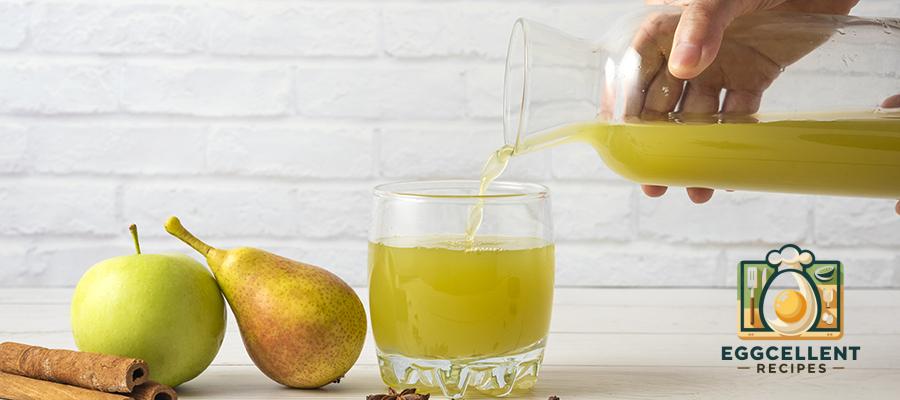
When symptoms are severe, sticking to a clear liquid diet can help reduce strain on your digestive system.
- Options:
- Bone broth or clear vegetable broth
- Plain gelatin
- Clear juices (apple or white grape juice)
- Herbal teas (avoid caffeine)
- Water or electrolyte drinks
2. Transitioning to Low-Fiber Foods
As symptoms improve, you can introduce low-fiber, soft foods that are easy to digest.
Breakfast Ideas:
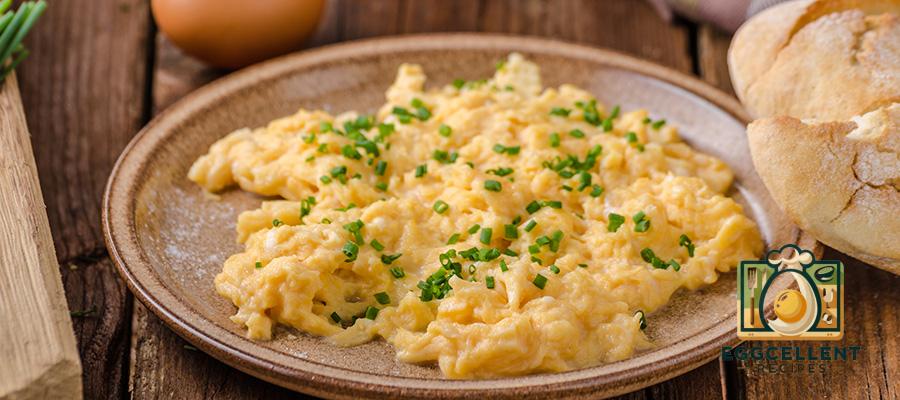
- Scrambled eggs (avoid adding spices or high-fat ingredients)
- White toast with a small amount of butter or jelly
- Cream of wheat or plain oatmeal
Lunch Ideas:
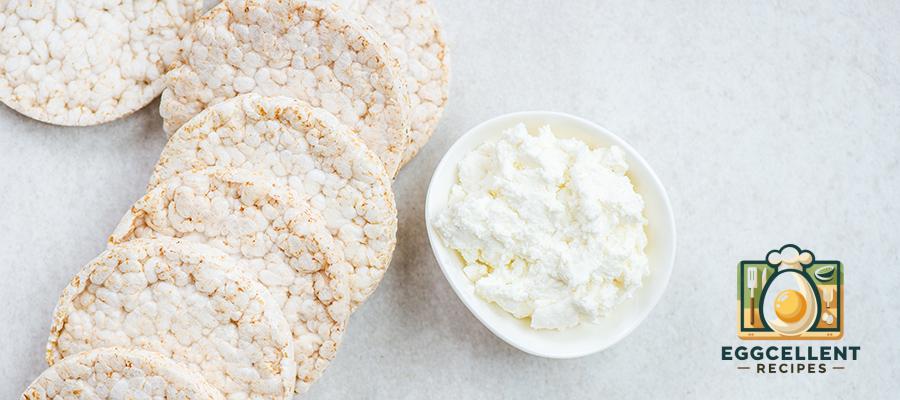
- Skinless chicken or turkey soup with well-cooked noodles
- Mashed potatoes (made with a little broth or milk for flavor)
- Cottage cheese with plain crackers
Dinner Ideas:
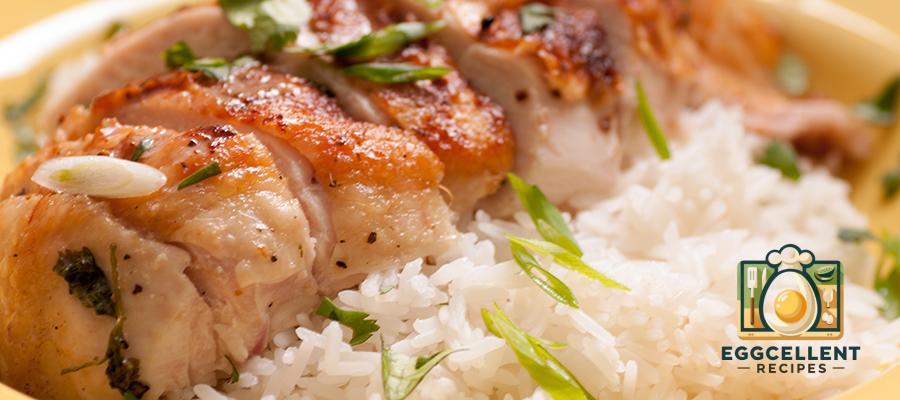
- Baked fish or chicken with plain white rice
- Well-cooked pasta with a small amount of butter or mild cheese
- Steamed or boiled carrots (peeled)
Snack Ideas:
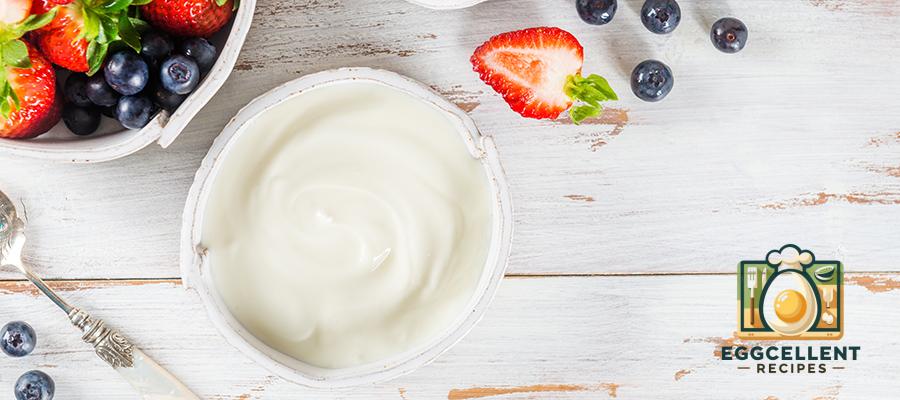
- Yogurt without fruit pieces or seeds
- Applesauce (unsweetened)
- Plain pudding or custard
Foods to Avoid During a Flare-Up
- High-Fiber Foods: Raw vegetables, whole grains, seeds, and nuts
- Tough Meats: Fatty cuts or processed meats
- Spicy or Fried Foods: Can irritate the digestive tract
- Carbonated Beverages: May increase bloating and gas
Gradual Reintroduction of Fiber
Once symptoms subside, reintroduce fiber slowly to prevent further discomfort. Start with low-fiber options like peeled fruits, cooked vegetables, and white rice, and gradually transition to whole grains, legumes, and raw produce as tolerated.
Final Tips for Managing Diverticulitis
- Hydration: Drink plenty of water to support digestion and prevent constipation.
- Small Meals: Eating smaller, more frequent meals can reduce strain on your digestive system.
- Monitor Symptoms: Pay attention to your body’s signals and adjust your diet accordingly.
Final Thoughts
Managing diverticulitis through diet requires a careful balance of foods that soothe inflammation and support healing. By starting with a clear liquid diet and gradually introducing low-fiber, easy-to-digest meals, you can help your body recover from a flare-up. Once symptoms improve, a gradual return to a fiber-rich diet can promote long-term gut health. Always consult with a healthcare professional for personalized advice and guidance to ensure you’re meeting your nutritional needs while managing your condition.

